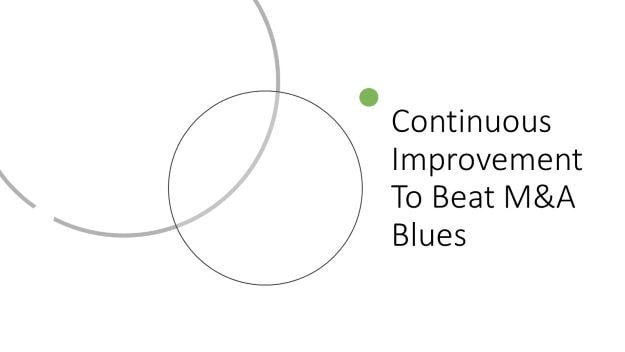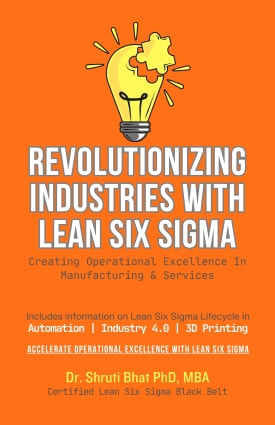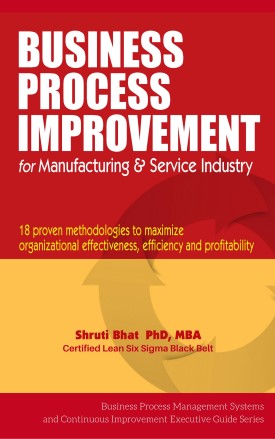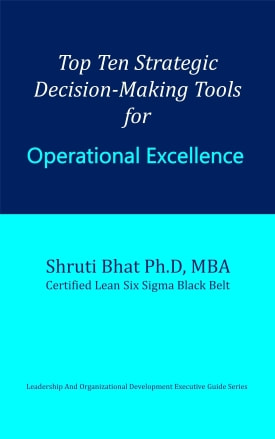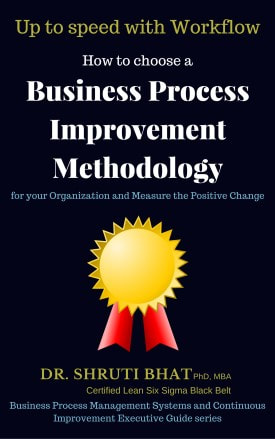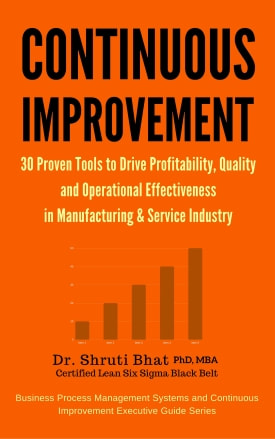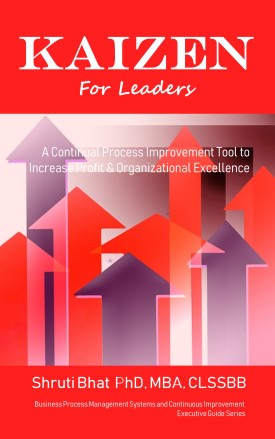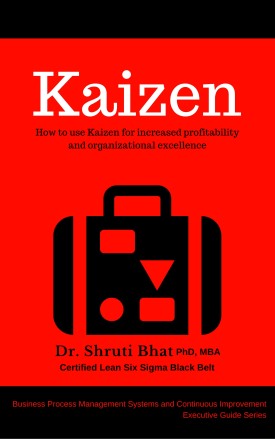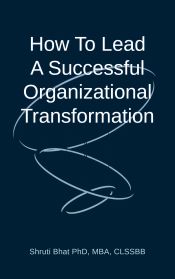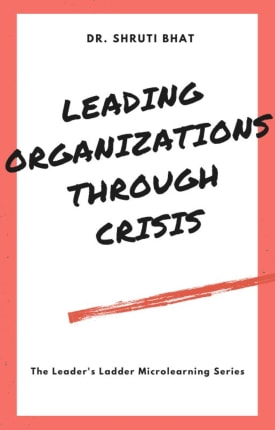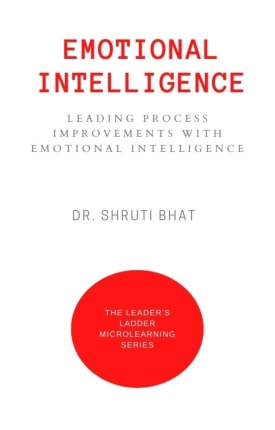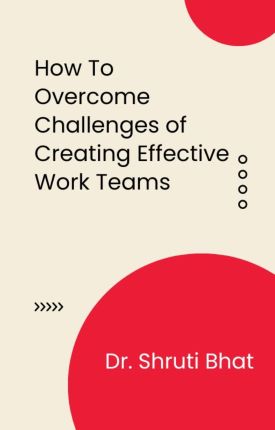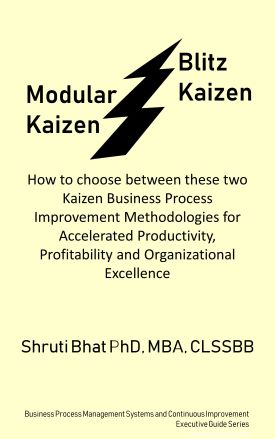The objectives of any merger or acquisition are many, such as- to mitigate the weaknesses of either business and to bolster their combined strengths, to remove a competitor or threat within their industry, or to undergo a period of exponential growth in a short space of time.
But 70% of mergers and acquisitions fail as per published reports. But why? Common reasons cited are -Omission of focus on desired goals, failure to develop a plan with appropriate control and oversight to establish the necessary integration processes.
Hence a strong M&A strategy coupled with a solid change management execution is the key to gains from the M&A deal; further augmented by a culture of continuous improvement. In this post, I shall touch upon the role of Continuous Improvement post Mergers and Acquisitions.
During a merger, the operating model and culture of the merged company will undergo a great deal of change. This often causes employees to feel uncertain about their day-to-day tasks and core identity. Even seemingly inconsequential changes can cause employees to become tense and frustrated. Anticipating and addressing these emotions is critical to the smooth integration of the new company. Failing to do so may lead to poor business performance, the loss of critical talent, and the leakage of synergies.
Process management
After a merger or acquisition, it's important to identify how to improve processes. One way to improve process management is to gather and document the critical processes from both companies in a central location. This can make it easier to implement new processes and get buy-in early from key staff.
A process is an essential element of business operations, providing structure and perspective. It also allows for feedback and improvement. Managing processes effectively will ensure that a project comes in on time, within budget, and on target. If done properly, process management can be a key contributor to achieving a thriving organization.
After a merger or acquisition, process management is an integral part of the post-merger integration process. Because the process is collaborative and content-centric, it requires a process platform with robust content management capabilities. It is important that the new processes be seamlessly ingrained into the culture of the new organization.
To ensure that your process management efforts are successful, make sure to adopt a continuous improvement (CI) policy. This will help you track project timelines, monitor burndown of your application portfolio, and inform key leadership about savings.
Organizational design
Investing in organizational design prior to an acquisition can maximize the benefits of cost savings and synergies. For example, the acquirer and the target company probably have similar back-office functions and identifying cost synergies is a logical step. However, this task is often left to diligence teams or financial modelers, who may not consider the true value of services provided or downstream dependencies.
As companies make mergers and acquisitions, they must also adapt their business strategy. As a result, the new company must adopt a new organizational design to ensure that its resources are aligned with its future vision. While establishing new management structures, companies should also consider the potential impact on the business of new leadership and management teams.
Detailed org design can reduce risks associated with M&A transactions. It also enables the company to communicate the new model to employees. In addition, it helps set up technologies to support the new model. It can also facilitate the smooth transition of employees and help them adapt to the new model.
Organizational design plays a pivotal role in the post-merger and acquisitions process. It helps companies resolve issues quickly and drive deeper cost reductions in a challenging external environment. It can also help companies reap additional synergy benefits.
Poorly managed mergers can also lead to internal frustration, a culture of fear, and a general feeling of lack of direction. A poorly run merger can also affect customer satisfaction. When the new company doesn't have a clear direction, basic processes can suffer. As a result, users may flock to competitors instead. Fortunately, there are ways to improve this process in an effective and efficient manner.
Change management
To successfully manage change after a merger or acquisition, a company needs to prepare and engage all relevant stakeholders. Employees must be aware of the upcoming changes and be trained to perform their new roles effectively. This will help reduce employee anxiety and set them up for success. A successful change management program will have a higher return on investment and result in higher morale and less turnover.
An integration team should be involved in developing change programs for the impacted groups. They should provide feedback and implement programs that are best suited to the cultures of both firms. These professionals should monitor the implementation of change programs to ensure their success and minimize disruption. While change management after mergers and acquisitions can be intimidating, good change management will add value and have a lasting impact.
The change management process should start with a detailed assessment of the impact of the merger or acquisition on the existing culture. This process should involve conducting interviews with the impacted group managers and key stakeholders. The results should be documented in a report that can be distributed and reviewed with other stakeholders. After the assessment is complete, the change management team should discuss the findings with key stakeholders.
Change management is essential for merger and acquisition integration. It should be a central part of the process from planning to execution. Taking it seriously throughout the lifecycle of the deal will ensure that the integration process goes smoothly, and the employees are engaged and motivated. It will also help the organization extract greater value from the acquisition.
Technology assets
Managing technology assets is becoming a top priority for businesses. As the volume of mergers and acquisitions continues to increase, the need to manage and integrate technology across a variety of business units grows as well. Today, nearly every business is managing more data and IT systems than ever before, and eighty-eight percent of companies plan to increase their technology budgets in the coming years.
Many companies are now using analytics capabilities in their ITSM (IT Service Management) processes. These capabilities help to improve integration and prevent premature co-mingling of data and systems. Analyzing IT assets before integrating business processes is a key part of the post-mergers and acquisitions process and can help eliminate the risk of premature co-mingling of data sets.
Technology assets should be evaluated before M&A to identify any areas that may need to be fixed or replaced. Often, the target company has a legacy architecture that cannot support the new company's requirements. This may include out-of-date software, unmanaged network assets, and insufficient security measures.
Using technology to create synergies between businesses is another key step in the post-merger integration process. By bringing a technology team into the deal process, the two companies can achieve their goals much faster and realize larger benefits. In addition to identifying potential synergies, this process can uncover hidden opportunities that may not have been otherwise visible.
Integrated technology can create up to 40% of revenue and cost synergies. By integrating technology and infrastructure, organizations can leverage the capabilities of the combined companies, develop new products, and build back-office platforms. Ultimately, technology can help improve margins, sales, and overall profitability.
Culture
When integrating two companies, the culture and continuous improvement strategies should focus on the specific needs of each company. For example, two companies may value developing their employees differently. Therefore, it's essential to explore both companies' cultures thoroughly before deciding on which one to adopt. Then, use this information to develop a comprehensive change management strategy.
The most common reason mergers and acquisitions fail is cultural incongruity. The two companies might be in the same geographic region, have the same number of employees, or have the same customer base, but that doesn't mean that they have the same culture. As such, understanding the culture of each organization and designing an ideal culture is critical to the success of any merger or acquisition.
There is increasing evidence that organizational culture plays an important role in post-merger integration. Mergers and acquisitions often lead to benefits such as reduced duplication of services, economies of scale, and enhanced market power. However, these benefits are often based on managers' perceptions and often lack robust evidence.
A successful merger or acquisition is dependent on how well the organization can address employees' basic needs and values. The two companies must also be in sync to avoid friction. By addressing basic employee concerns, organizations can build trust between their employees and the new parent company.
Read on- How to improve operational efficiency post mergers and acquisitions here.
Related Reading:
- How to cut costs strategically using Kaizen
- Top 30 Continuous Improvement Tools
- Top 10 Change Management models
- Top Ten Strategic Decision-Making Tools for Operational Excellence
Follow Shruti on Twitter, Facebook, YouTube, LinkedIn
Categories: Operational Excellence | Continuous Improvement
Keywords and Tags:
#continuousimprovement #operationalexcellence #changemanagement #M&AStrategy #mergersandacquisitions #KCSandCPmerger #ShawandRogersmergers #ZeeSonymerger

